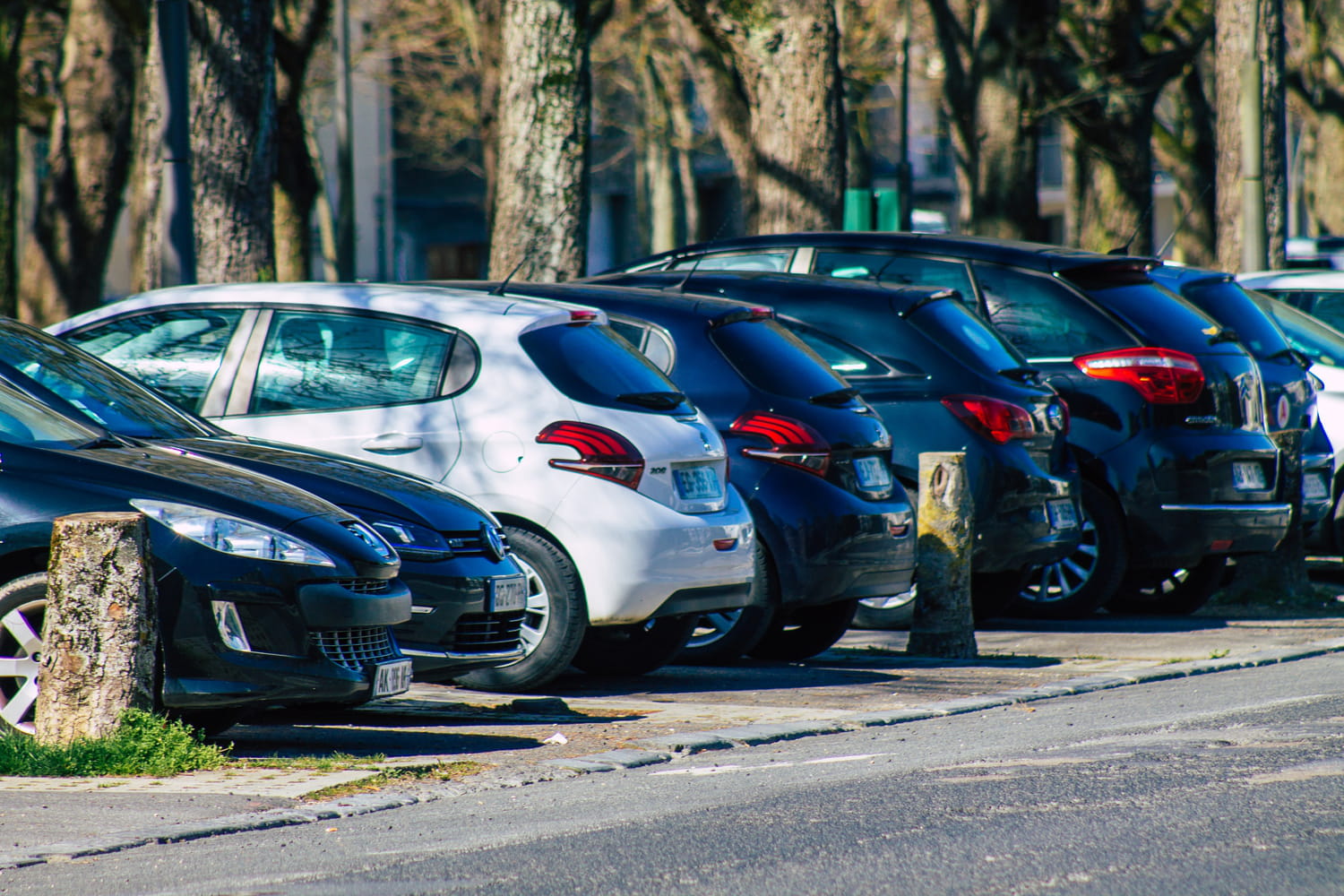These vehicles would not live up to their promises: they would not be as profitable as expected and pose another, more surprising problem.
These vehicles “never kept their promises”. This is what the Belgian organization Transport & Environment, the main defenders of transport and clean energy in Europe, denounces in a damning report. The association compared the manufacturers’ official test figures with data collected by the European Environment Agency (EEA), in real driving conditions on 127,000 vehicles. And their conclusion is particularly surprising: these cars designed to be economical would ultimately not be as profitable as they seem. And that’s not all: sold as being more environmentally friendly, they would also be far from being truly ecological.
Indeed, according to the study, plug-in hybrid cars (PHEV) pollute on average five times more than what is advertised. They emit on average 135 g of CO₂ per km, compared to 166 g for petrol and diesel cars. This is barely 19% less, while manufacturers boast a reduction of 75%. And even in electric mode, plug-in hybrids emit 8.5 times more than official tests indicate. “The electric motors of PHEVs generally lack power for high speeds or steep slopes, and the combustion engine must intervene. On average, the combustion engine provides energy for almost a third of the distance traveled in electric mode,” specifies Transport & Environment.
On the expenditure side, here too, the figures do not add up. On average, plug-in hybrids cost drivers 500 euros more per year for fuel and charging than the amount established in laboratory tests. Both for pollution and for the cost price, the answer lies in one detail: to extend the range of cars in electric mode, the size of the batteries has been increased. And a bigger battery means a heavier battery. However, a heavier vehicle consumes more fuel in engine mode, which means more CO₂ emissions and more zeros on the gasoline bill. Advantageous neither economically nor ecologically, plug-in hybrids are ultimately “one of the biggest scams in automotive history”as deplores Lucien Mathieu, automotive director at Transport & Environment.
Remember that, in the European Union’s “zero emissions” objective, all new cars placed on the market must be neutral in carbon emissions from 2035. This is news that does not rejoice manufacturers, because hybrids still represent 8.6% of automobile sales in Europe this year. They of course wish to continue to market them after the 2035 deadline, and therefore do not hesitate to put pressure on legislators to recognize them as clean vehicles.









